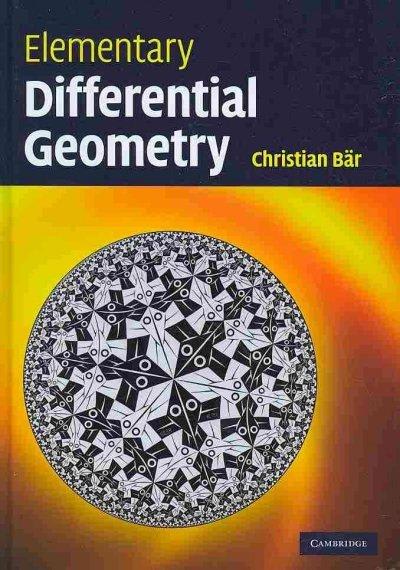
es Dr. Anderson Suppose UMM is evaluating a new freshman composition course. A random sample of 25 freshmen is obtained and the students are placed in the course during their first semester. One year later, a writing sample is obtained for each student, and the writing samples are graded using a standardized evaluation technique. The average score for the sample is 76. For the general population of college students, writing scores on the standardized evaluation are normally distributed and have a mean of 70 and standard deviation of 20. a. Assuming a two-tailed test, state the null and alternative hypotheses. Please give me a one sentence verbal description of each (i.e. tell me the hypothesis in plain English) AND the mathematical notation. b. Assuming an alpha of .05, where is the critical region for this z test? c. What is the z-score for the sample described in Question 5? d. What decision should be made about the null hypothesis and why? What does this suggest about the effectiveness of the new composition course? e. Calculate Cohen's d for the treatment effect. f. Report the results of this z-test in APA style. Make sure you include the sample mean, sample standard deviation, and effect size. 6. Statistical Power a. Explain what researchers mean by the "power" of a hypothesis test. b. Assuming that all other factors are held constant how would each of the following changes below affect the power of the test we just conducted? i. Changing the alpha level from .05 to .01 ii. Changing from a two-tailed test to a one-tailed test 7. Two researchers are studying treatments for bipolar disorder: . Maria's hypothesis test led her to conclude that her treatment did not have an effect when, in reality, it did. . Robert's hypothesis test led him to conclude that his treatment had an effect when, in reality, it did not. a. What type of error did Maria make? b. What type of error did Robert make? c. Whose error is generally considered to be more serious error? Why? d. How can Robert ensure that he only has a 1% chance of making the same type of error in his next study? 3








